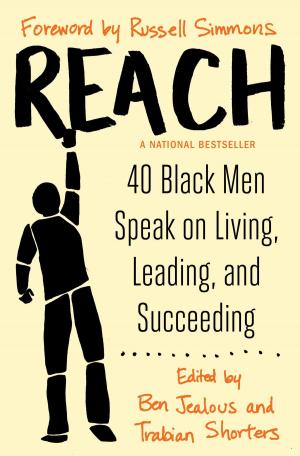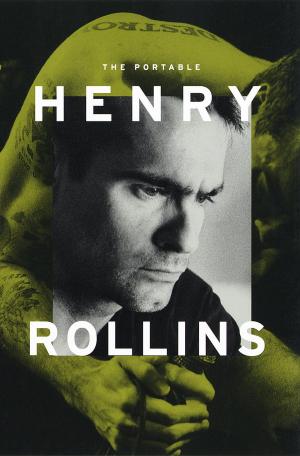| Author: | Neville Herrington | ISBN: | 9781370941988 |
| Publisher: | Neville Herrington | Publication: | July 13, 2017 |
| Imprint: | Smashwords Edition | Language: | English |
| Author: | Neville Herrington |
| ISBN: | 9781370941988 |
| Publisher: | Neville Herrington |
| Publication: | July 13, 2017 |
| Imprint: | Smashwords Edition |
| Language: | English |
This story of a middle-class white South African family unfolds between the years 1939 and 1964 - a transformative period in South Africa’s political landscape. It is told through the eyes and experiences of the younger son and his rite of passage into a country of racial segregation that gradually opens his eyes to the many injustices imposed upon the majority of the country’s population, coupled with a realization that his white privileges are sustained at the brutal expense of others.
At the outbreak of World War II, South Africa joined forces with its western allies to fight against Nazi racism and aggression, with its Prime Minister, Jan Smuts, earning widespread admiration and respect from prominent world leaders for his contribution to the war effort, and his subsequent role in promoting world peace. But after 1948 when the Nationalist Party took control and entrenched racial segregation under its policy of apartheid and designated separate white and black areas, creating a politically engineered balkanisation of the country, South Africa came under increasing scrutiny by international bodies including the United Nations. By the time this narrative reaches its climax in 1964, Nelson Mandela has been sent to jail, and the armed struggle is a threatening challenge to the country’s security forces following the banning of the ANC (African National Congress) and PAC (Pan Africanist Congress) in the wake of the Sharpeville massacre in 1960.
On a personal level the narrative is a romping journey through the adventures of post-war youth searching for self-identity in a rapidly changing world. It is also a spiritual journey and a breakaway from religious bigotry and prejudice. It is very funny, romantic and adventurous with many young people expressing greater sexual freedom than their parents and grandparents, as they enter an increasingly technological age where the stars are now the limit. The reader is introduced to a tapestry of many fascinating characters reflecting the social and political milieu of the time. To sanitize the vulgarity of its protagonist and his friends in their sometimes wild behavior and language, would be an injustice to the reality of their varied experiences, immature and lacking in discernment as they were at times.
As the narration is told in the first person, the storyteller concedes that his account of the people and events recorded may find contradiction and correction in the memory of others who were also there at the time, but that is the nature of any shared experience.
This story of a middle-class white South African family unfolds between the years 1939 and 1964 - a transformative period in South Africa’s political landscape. It is told through the eyes and experiences of the younger son and his rite of passage into a country of racial segregation that gradually opens his eyes to the many injustices imposed upon the majority of the country’s population, coupled with a realization that his white privileges are sustained at the brutal expense of others.
At the outbreak of World War II, South Africa joined forces with its western allies to fight against Nazi racism and aggression, with its Prime Minister, Jan Smuts, earning widespread admiration and respect from prominent world leaders for his contribution to the war effort, and his subsequent role in promoting world peace. But after 1948 when the Nationalist Party took control and entrenched racial segregation under its policy of apartheid and designated separate white and black areas, creating a politically engineered balkanisation of the country, South Africa came under increasing scrutiny by international bodies including the United Nations. By the time this narrative reaches its climax in 1964, Nelson Mandela has been sent to jail, and the armed struggle is a threatening challenge to the country’s security forces following the banning of the ANC (African National Congress) and PAC (Pan Africanist Congress) in the wake of the Sharpeville massacre in 1960.
On a personal level the narrative is a romping journey through the adventures of post-war youth searching for self-identity in a rapidly changing world. It is also a spiritual journey and a breakaway from religious bigotry and prejudice. It is very funny, romantic and adventurous with many young people expressing greater sexual freedom than their parents and grandparents, as they enter an increasingly technological age where the stars are now the limit. The reader is introduced to a tapestry of many fascinating characters reflecting the social and political milieu of the time. To sanitize the vulgarity of its protagonist and his friends in their sometimes wild behavior and language, would be an injustice to the reality of their varied experiences, immature and lacking in discernment as they were at times.
As the narration is told in the first person, the storyteller concedes that his account of the people and events recorded may find contradiction and correction in the memory of others who were also there at the time, but that is the nature of any shared experience.















